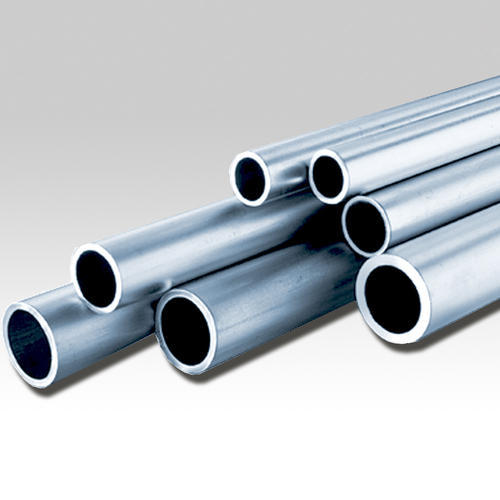Quick Inquiry
A seamless tube, also known as seamless pipe, is a tube that has no seam or a weld-joint. It is a solid metal tube with a uniform structure. Each end is connected to another tube without any welding joints. This increases the ability to withstand high pressure, corrosive atmosphere, mechanical stress, and very high temperature. Seamless tubes have a thread-like structure at one end or both at times. This is used to connect the end of another hollow tube.
Seamless tubes are considered to be strong enough to resist high pressure from numerous industrial forces. This is not possible in a welded tube, because, a seam or joint acts as a weak section for the tube. A hydraulic seamless tube is specifically designed to resist dynamic loads and high static offering an enduring, staunch solution.
Hydraulic seamless tubes are widely used in petrochemical industries, refineries, power industries, chemical industries, aerospace industries, automotive industries, etc. Heat exchanger tubes, hydraulic tubes, boiler tubes, mechanical tubes, finned tubes, etc. required in these industries are hydraulic seamless tubes.
For example, the heat exchanger tubes are used to transfer heat from one medium to another for heating and cooling processes. These tubes are considered to be more reliable and strong as they do not have any joints. Mostly, the overall energy efficiency of a plant can be determined by these tubes.
The length of seamless tubes is comparatively short whereas welded tubes are available in long continuous lengths because of the joints.

Basic Features of Hydraulic Seamless Tubes
- Smooth interior and exterior surfaces
- No seams or welds
- Thick scale-free surface
- High-pressure resistance
- Superior performance
- High corrosion resistance
- Elevated durability
- Robustness
- High tensile strength
- High-reliability factor
How Are Seamless Tubes Made!
Hydraulic seamless tubes are typically made of several alloys and solid round steel bars of metals such as stainless steel, carbon steel, tungsten, etc. These metal pieces are converted into hollow tubes by heating and rolling over to the required forms.
Mostly, the Drawn on Mandrel Method, also known as the Cold Drawn Process, is used to make the seamless tubes. This process, basically, ensures dimensional tolerance of the tube as well as a smooth finish for both interior and exterior sections.
In this process, the steel bar is heated at a very high temperature with the help of a furnace. Then, a cylindrical void is formed. The thickness of the tube depends on the requirement. Further, various roll straightening machines operate on these structures which take care of the straightness in the tubes. Multiple quality checks are done before the tubes move out of the manufacturing units.
The size of a seamless tube can vary from 1/8 inch to 25 inch OD. The thickness can also be customized based on the client’s specifications. It is interesting to know that the working pressure of a seamless tube is 20% more than a welded tube. However, depending on the usage, either can be selected.
Seamless tubes are mostly considered in areas where highest safety measures are required. They have a homogenous structure and provide high corrosion resistance. Seamless tubes are meant for high performance and quality processes. Therefore, they are more expensive than welded tubes.
At Anand Seamless Ltd, we manufacture a wide range of hydraulic tubes as per the industry standards. We also manufacture boiler tubes, mechanical tubes, and finned tubes.
For more information about our products, please call us at +91-9099996851.
lATEST BLOG |
|
How to Choose Right Grade Carbon Steel Seamless Tubes
Carbon steel seamless tubes are essential componen |
|
Basics of Aluminum Finned Tubes
In the world of heat exchange technology, aluminiu |
|
How to Enhance Mechanical Tubes for Various Applications
Mechanical tubes form the backbone of various indu |
|
Why Are U-Tube Heat Exchangers Undeniably Vital: A Complete Guide
In the landscape of industrial heat exchange syste |
|
Introductory Guide to Economizer Tubes
In the dynamic landscape of industrial operations, |

